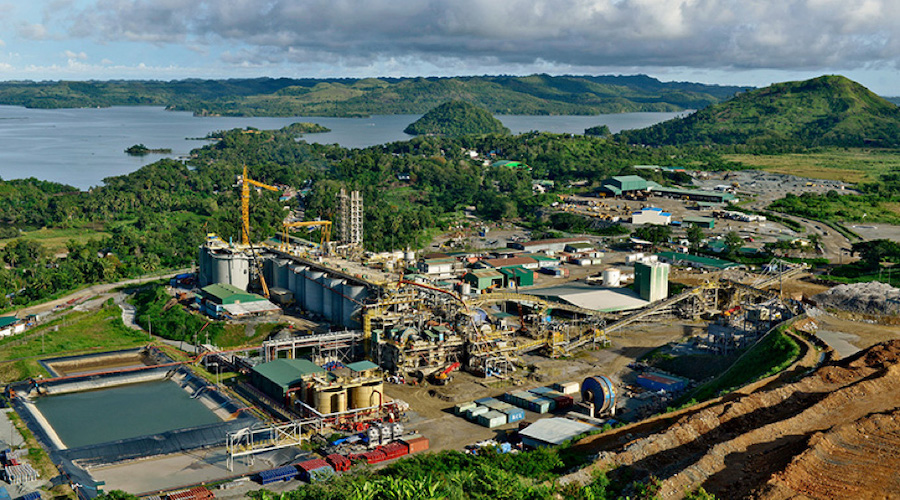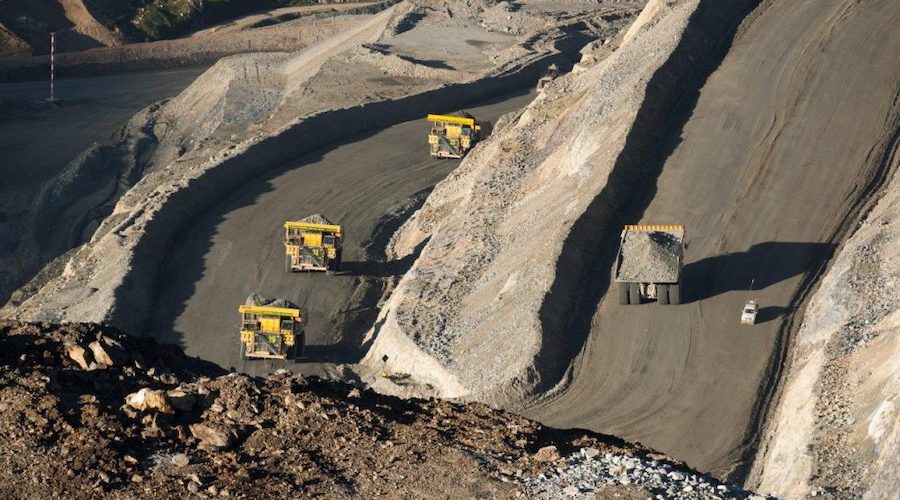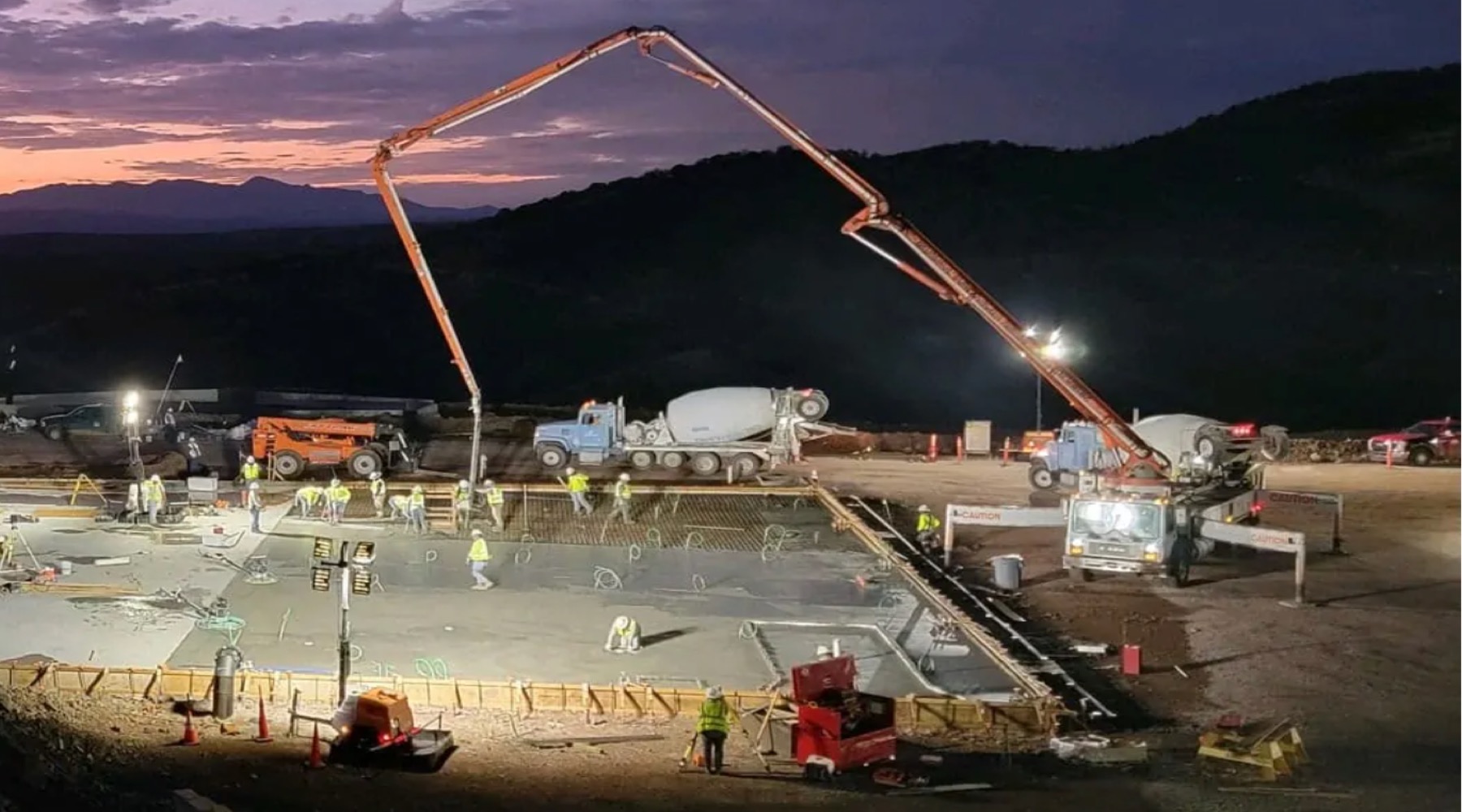B2Gold registers record production, financials in 2020

B2Gold (TSX: BTO) announced that it broke its own record in 2020 with total gold production of 1,040,737 ounces and, thus, touched the upper end of its guidance range set between 1,000,000 and 1,055,000 ounces.
In a press release, the Canadian miner said that these figures include 45,479 ounces of attributable production from the projects that its partner Calibre Mining (TSX-V: CXB) holds in Nicaragua.
B2Gold’s three operating mines, the Fekola mine in Mali, the Masbate mine in the Philippines and the Otjikoto mine in Namibia, produced 995,258 ounces
B2Gold’s three operating mines, the Fekola mine in Mali, the Masbate mine in the Philippines and the Otjikoto mine in Namibia, produced 995,258 ounces, a number that is also at the upper end of the guidance range of between 955,000 and 1,005,000 ounces.
Output from the company’s mines was 17% higher than what was registered in 2019, marking the twelfth consecutive year of record annual consolidated gold production.
For 2021, the Vancouver-based firm said that it expects total gold production to be between 970,000 and 1,030,000 ounces.
Financials
In terms of financials, B2Gold said it registered a $951 million annual consolidated cash flow from operating activities, which was a 93% increase over 2019.
“Total consolidated cash operating costs (including the company’s estimated attributable share of Calibre’s results) was of $423 per ounce produced ($422 per ounce sold), near the low end of the company’s guidance range (of between $415 – $455 per ounce), and total consolidated AISC of $788 per ounce sold, near the low end of the guidance range (of between $780 – $820 per ounce sold),” the company said in a media statement.
Net income, on the other hand, was $672 million, including a net impairment reversal for the Masbate mine of $122 million. Net income attributable to the shareholders was $628 million or $0.60 per share, while adjusted net income attributable to shareholders was $515 million or $0.49 per share.
For 2021, B2Gold said it expects total consolidated cash operating costs of between $500 – $540 per ounce and total consolidated all-in sustaining costs (AISC) of between $870 – $910 per ounce.
According to the company, the figures are higher than those of 2020 due to the planned lower production and higher planned stripping activities at Fekola, higher forecast fuel and labour costs in Mali, and the drawdown of ore stockpiles at Otjikoto.
More News
PDAC JV video: Laos tax breaks boost mining investment, Laos Shenker exec says
The company processes 200,000 tonnes of ore per year using its energy and cost-cutting technology.
March 21, 2025 | 02:47 pm
Peru copper output up 7% in January
Production climbed largely due to higher output from MMG's Las Bambas mine and Anglo American's Quellaveco mine.
March 21, 2025 | 01:58 pm
University of Arizona mining innovation engine aims to build skilled domestic workforce
Arizona’s Sustainable Mining Innovation Engine proposal would secure up to $160 million over 10 years.
March 21, 2025 | 12:56 pm
{{ commodity.name }}
{{ post.title }}
{{ post.excerpt }}
{{ post.date }}




Comments